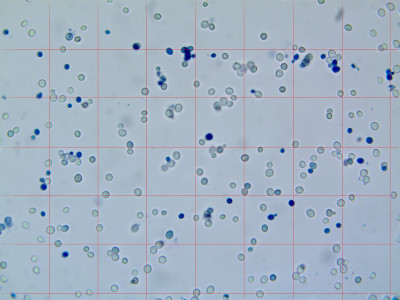privatewiddle
New Member
Hello! After moving home I'm not set up for grain at the moment so I'm doing a couple of old kits that came with me. i've got 2 Mangrove Jack's 'Craft Series' Pils pouches. They are 1 year over their date. Should I use use the m-54 yeast that comes with them using both packs in a starter or, if not, what's the best Crossmyloof yeast (I have a bunch of different ones that are fresh in the fridge). I also have a couple of Wilko sachets (Notty?)
I don't have the ability to control fermentation temperatures at the moment. Fermentation will happen in a room that's around 18 C during the day and a couple of degrees cooler at night.
They'll be done in buckets then go into a King Keg.
Any advice would be much appreciated.
I don't have the ability to control fermentation temperatures at the moment. Fermentation will happen in a room that's around 18 C during the day and a couple of degrees cooler at night.
They'll be done in buckets then go into a King Keg.
Any advice would be much appreciated.
Last edited:










































